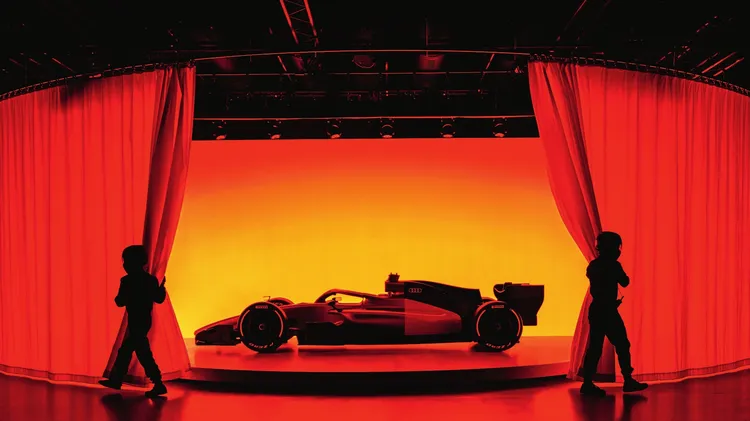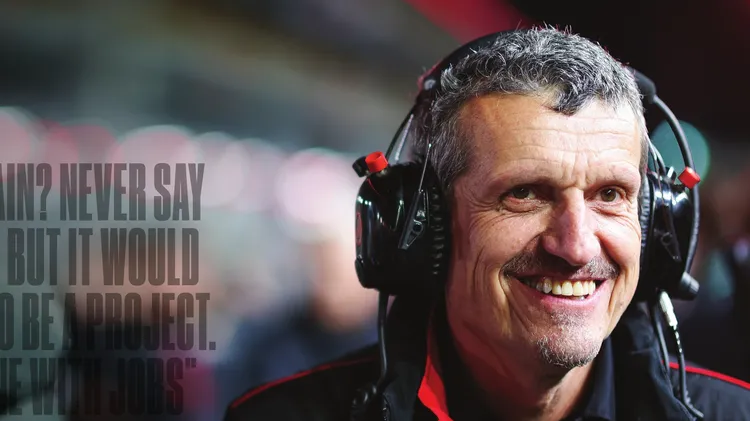In the 1980s Benetton emerged on the grid to reach a glob
United colors when f1 was in fashion
18 min read
This article is from...
Read this article and 8000+ more magazines and newspapers on Readly






